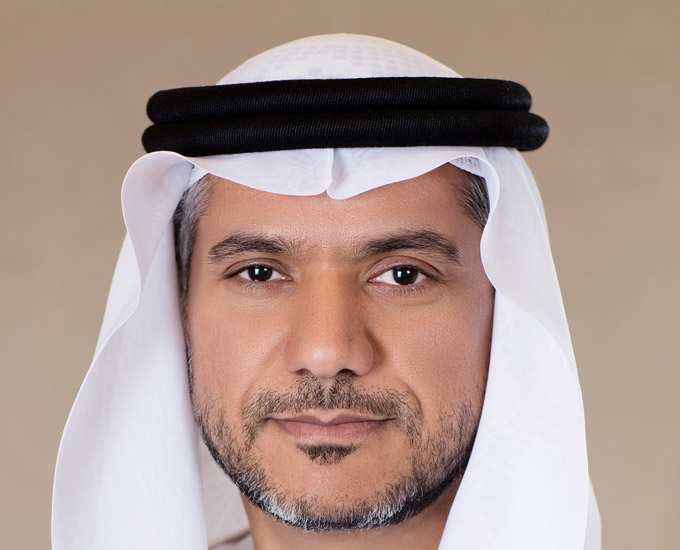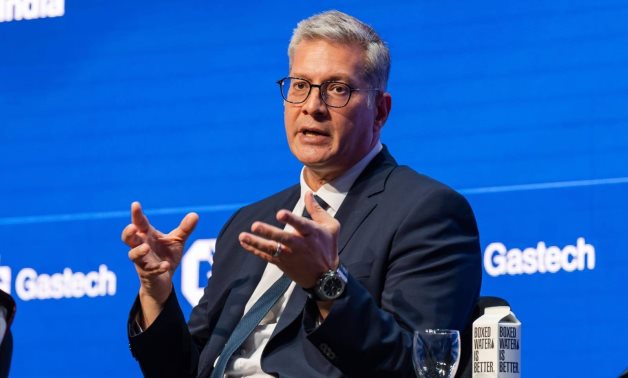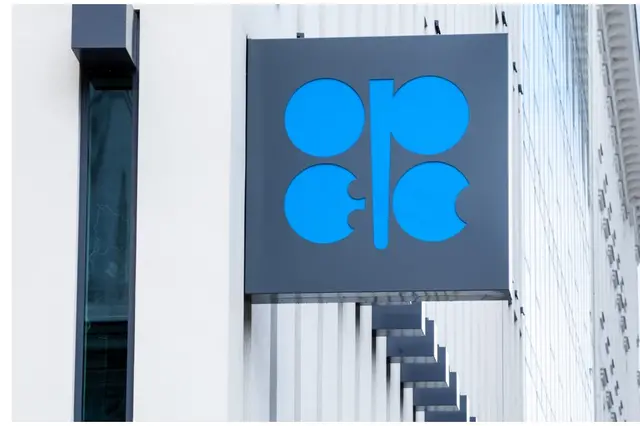Energy

Africa Eyes Pension Funds to Drive Energy, Infrastructure Investment

Africa holds more than $4 trillion in domestic capital, including approximately $455 billion in pension fund assets. Yet, the majority of these funds remain locked in low-yield, short-term government securities. According to the Africa Finance Corporation’s State of Africa’s Infrastructure Report 2025, redirecting even a fraction of this capital toward energy and infrastructure could significantly reduce dependency on external financing while fast-tracking development across critical sectors.
International Pension Funds Step In
Several international pension funds have already begun investing in Africa’s energy and infrastructure sectors, playing a notable role in the continent’s development. In December 2024, Norwegian pension fund KLP, in partnership with Norfund, committed $80 million to CrossBoundary Energy, a commercial and industrial solar and battery developer. The funding is supporting the expansion of a $680 million portfolio of assets, comprising approximately 500 MW of solar, wind and thermal generation, along with 600 MWh of battery storage across 18 African countries. The portfolio serves a variety of sectors including mining, telecom and industrial clients. Among its flagship projects is the Balama solar-plus-storage plant in Mozambique, which powers a graphite mine.
Meanwhile, the U.S. Export-Import Bank (EXIM) recently approved a $4.7 billion loan for TotalEnergies’ Mozambique LNG project – a large-scale liquefied natural gas facility. EXIM’s financing is helping to attract a broader pool of investors, including pension and institutional funds, to support upstream gas development and associated infrastructure.
Unlocking African Pension Capital
While international institutions have been active, African pension funds themselves have significant untapped potential. South Africa’s Government Employees Pension Fund – the largest on the continent – has been instrumental in financing clean energy projects through its asset manager, the Public Investment Corporation (PIC). In 2024, the PIC committed R310 million to Rifuwo Energy Partners, a local independent power producer, as part of its broader renewable energy strategy.
As of early 2025, the PIC manages around $800 million in renewable energy investments, contributing over 2,000 MW to the national grid. The fund also plays a leading role in South Africa’s Renewable Energy Independent Power Producer Procurement Program, which encourages private-sector participation in clean energy infrastructure.
In Nigeria, pension fund assets have grown to ₦22.5 trillion, yet less than 1.5% has been allocated to infrastructure as of 2025. This points to a significant opportunity for reform and redirection of capital. Kenya’s experience illustrates the potential: the Kenya Pension Funds Investment Consortium has already invested in three infrastructure projects, demonstrating growing interest and capacity among domestic funds.
A Sustainable Path Forward
Mobilizing pension capital – both domestic and international – could provide Africa with the long-term, patient financing required to build resilient energy systems and modern infrastructure. Beyond unlocking financing, pension fund investments can help align development with national priorities, provide stable returns and foster local ownership of key assets. With the right regulatory frameworks, risk mitigation tools and investor confidence, Africa’s own capital could become one of its most powerful engines for sustainable development.












